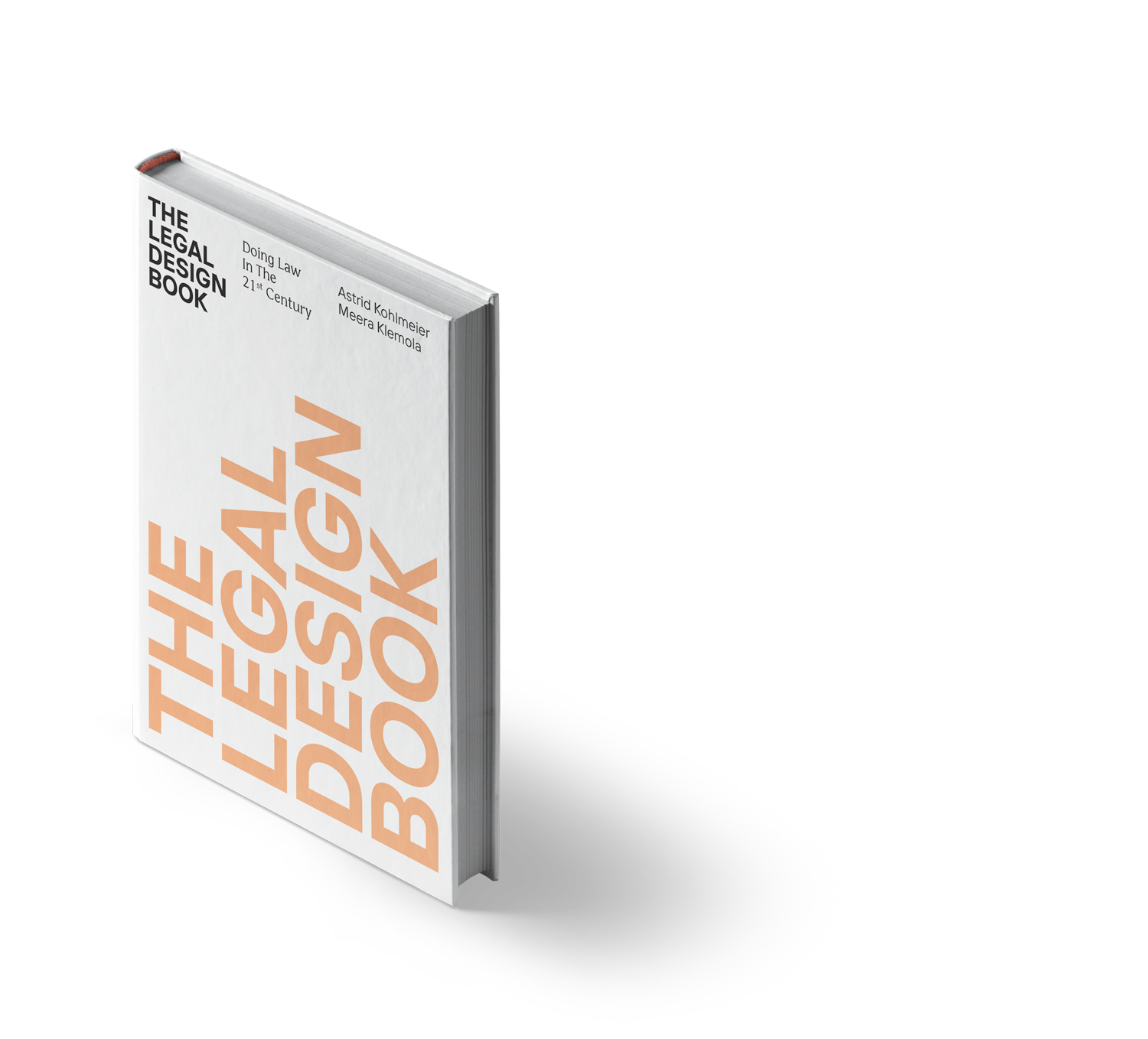Building to Learn
Building to Learn

Build to learn.
Think back to when you were a child. You will most likely have some memories of trying to build something, whether it was a treehouse, a Lego tower, a papier-mâché ball or a vision in your head that you wanted to make tangible. Children experiment and build everyday – it’s how we learn.
As lawyers embark on the journey to become legal professionals, through university and their time in the workplace, there is little opportunity to continue building to learn. Legal education focuses on the past, on precedents and rote learning. As you move through the legal workplace, you may occasionally use small diagrams – to depict transactions, for example – but otherwise, it is always words that lawyers use to make their ideas tangible. A prime example is in legal textbooks, which are filled with words and descriptions of what a contract ought to look like or include. However, they rarely include pictures of contracts, downloadable templates or resources, business model diagrams for running a law firm, “pop-up” interactive learning labs or any number of other tools. Lawyers do not create and are not taught to create ‘legal artefacts’ – that is, tangible expressions (outside the realm of words) for modelling possible solutions and progressions in the law.
The traditional legal mindset is reactive.
One reason for this avoidance of building to learn could be the mindset that lawyers have been taught to adopt in terms of innovation: that is, a reactive mindset rather than a proactive one. If we look at substantive legal innovation, it is most often in response to a new law or a client demand. There is very little prospective innovation and research. In other words, the legal culture is not one that promotes building to learn. The idea that experimenting and building purely with the view to discover what might be possible is not inherent in the legal field. There is not the same attitude toward fostering research and development that we observe in other industries, which see dollars invested in prospective research as valuable and necessary in order to continuously push barriers and redefine frontiers.
Legal design embodies the notion of building to learn. Creating tangible concepts of ideas and taking a proactive approach to innovation is essential. It is not necessary to create minimum viable products that require heavy capital investment; they can be scrappy prototypes, drawings or wire frames put together to model ideas and make them visible. The goal is to learn.
Please note:
If you are using our text or parts of it in any way, you must mention The Legal Design Book and us, the authors, Meera Klemola and Astrid Kohlmeier as your source of information.
A new perspective on the legal profession
The Legal Design Book is the go-to guide for practitioners seeking to understand the topic and apply legal design in their daily work. We cover what legal design is, why it’s important and how you can apply it in practice.
